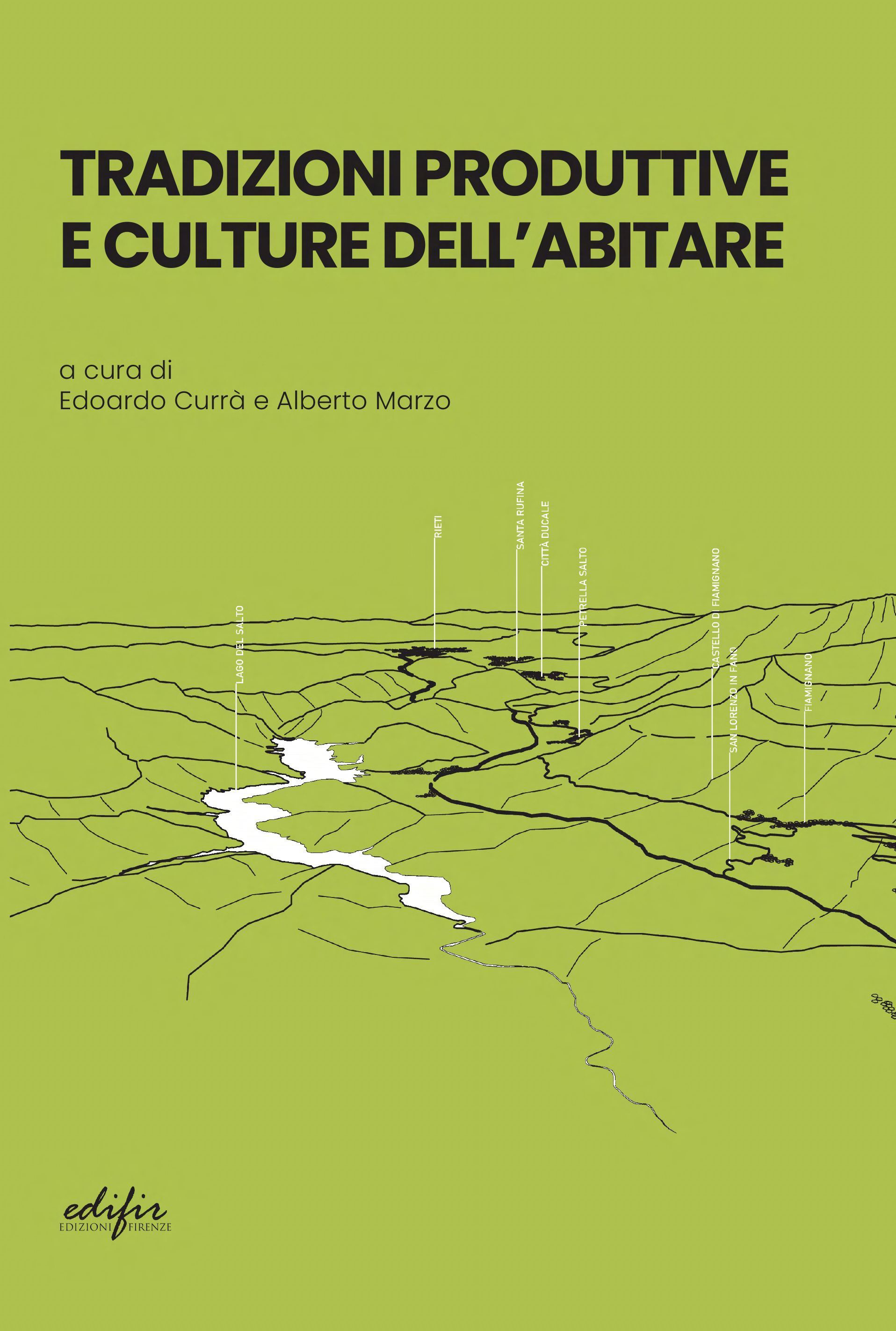DO-IT-YOURSELF / DO-IT-TOGETHER.
Architecture for Cooperation in Sub-Saharan Africa investigates the theme of contemporary dwelling in the Global South: while apparently distant, in reality it directly touches the Western World, increasingly more involved in emergencies and questions of sustainability. Investigating the rural areas and urban contexts of Sub-Saharan Africa suggests a series of reflections also for those not directly involved with this part of the world; it allows us to approach the original and essential acts of building, universal and simultaneously linked to local contexts, and now weakened by the effects of globalisation. Additionally, it allows us to reflect on the permanence of diffuse material cultures, on the crisis of rural development and the criticalities of urban growth, on diverse forms of dwelling from those consolidated in Western culture, on the principles of simple design, on sustainable techniques, integrated with the environment, with assisted self-construction, and the development of participatory models and processes of construction that unite designer, builder and user.
Articulated in different sections, this publication promotes a comparison between contemporary lines of research and design experiences, identifying synergies and theoretical-applied fields that cut across both disciplines and sectors.

TRADIZIONI PRODUTTIVE
E CULTURE DELL'ABITARE
edited by
Edoardo Currà e Alberto Marzo
Edifir-Edizioni Firenze, Firenze, 2023
In the mid-1970s, geographer Henry Desplanques defined landscape as a “complex of nature and history,” a perennial overlap of natural order influences and contingent human facts. Starting from this interpretation, corroborated in more recent years by the European Landscape Convention itself, which inextricably links the latter to the forms of living of which it is an obvious expression, the volume aims to focus on two specific preferential domains in order to investigate the complexities, criticalities and horizons of this complex and delicate relationship. On the one hand, there are the areas where traditional economies, such as wine-growing, become prevalent and, tending toward monoculture, processes are partially industrialized, and influential entrepreneurial actors emerge on the dynamics of territory and living. On the other hand, territories are considered where it is possible to trace under the action of contrasting phenomena, permanences and abandonments in productive traditions, with the consequent material and immaterial fragmentation of the established characters of dwelling or the possible entry of new elaborations. The conference “Productive Traditions and Cultures of Living” played on these themes, bringing together architects, engineers, landscape architects, urban planners, anthropologists, geographers, and economists to address with the richness of the multiplicity of viewpoints the evolution of the productive traditions of the territories and rural centers of the two mentioned areas, measuring the effects in the processes and culture of living.
 ARCHITECTURE IN THE DIGITAL AGE
edited by
Fabio Cutroni, Maura Percoco
Edifir-Edizioni Firenze, Firenze, 2025
ARCHITECTURE IN THE DIGITAL AGE
edited by
Fabio Cutroni, Maura Percoco
Edifir-Edizioni Firenze, Firenze, 2025
Increasingly advanced, sophisticated, and high-performing digital tools, driven by relentless technological research, prompt us – today perhaps more than ever – to address the complex issue of the relationship between architecture and technique, in light of the (seemingly limitless) expressive and constructive possibilities that the digital revolution now appears to offer. Given the current relevance and strategic importance of this relationship — not only in relation to practical operations but also to the theoretical dimension of architectural design — this volume assembles a complex and multifaceted framework of perspectives, interpretative approaches, and cutting-edge experiments. Its aim is to investigate the effects that the progressive and pervasive introduction of Information and Communication Technologies is having on the field of architecture, both in terms of its modes of representation and, above all, in relation to its conception, design, and construction. The critical and interpretative approach adopted here highlights a thematic area that remains largely unexplored: the interplay between creative intent and the possibilities of conceptualisation and realisation. From this perspective, the contributions gathered in this volume explore current developments in architectural design, with the aim of fostering an open, wide-ranging, and transdisciplinary reflection on possible future scenarios.